The supporting industry needs high-tech human resources
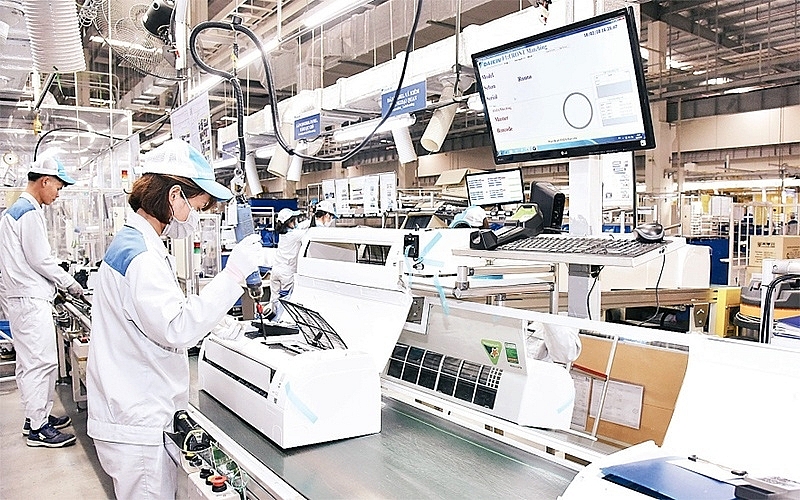 |
| High-tech human resources help businesses improve production capacity and compete confidently. Photo: ST |
Lack of highly skilled labor
This is the main topic discussed at the seminar "Improving the quality of human resources in the supporting industry" organized by Industry and Trade Magazine on October 12.
Mr. Cao Van Binh, Acting Director of the Center for Industrial Development Support, Department of Industry (Ministry of Industry and Trade), said that Vietnam is in the golden population period with about 54% of the population of working age, in which the workforce is very young and abundant. However, highly skilled and technically qualified human resources are limited in both quantity and qualifications, which is a major obstacle for many businesses operating in the mechanical engineering, manufacturing, and flexible equipment industries and electronic accessories...
The lack of highly qualified and skilled human resources has caused many businesses to waste a lot of resources and costs. Because after recruitment is completed, training is almost required to match the professional level and production and business goals of the enterprise. Recently, the Department of Industry, Ministry of Industry and Trade assigned the Industrial Development Support Center to implement business support programs, including training to improve human resources. Accordingly, hundreds of experts and engineers have been trained to help businesses improve production and business efficiency, but this number is very small while the number of personnel needed by the industry is very large.
Regarding the electronics industry, Mr. Phung Anh Tuan, Deputy Director of Manutronic Vietnam Joint Stock Company, said that there are many requirements and standards set for businesses in the electronics industry. Accordingly, high-quality human resources are a vital problem for businesses if they want to participate in the chain. According to the trend of shifting global supply chains, Vietnam is one of the extremely attractive destinations for all businesses and corporations in the world in this shifting trend. This shift creates both opportunities and challenges, including meeting high quality standard requirements from partners.
To meet this, businesses must have certain resources to receive science and technology, receive and transfer technologies that corporations transfer to Vietnam. Therefore, high quality human resources are one of the core values that can determine success and seize opportunities.
Also from a business perspective, Mr. Le Quy Thanh, Director of TOMECO An Khang Factory, said that the supporting industry is chain-based, systematic and highly professional. Therefore, human resources in this industry must have a lot of knowledge and understanding to meet the standards and requirements of the chain. Mr. Le Quy Thanh said that businesses always have a need and desire to use high-quality human resources in their production and business activities at all levels, from senior management level to executive level of direct workers.
Difference in quantity and quality
From a training perspective, Dr. Kieu Xuan Thuc, Rector of Hanoi University of Industry, said that there exist two "warping" points in quantity and quality in the problem of supporting industry human resources. First, there is a shortage in quantity, it could be that there are few graduates but the needs of businesses are many, leading to difficulties for businesses in recruiting workers, or the other way around is that there are many graduates but at that time. Business demand is low, leading to surplus. Another thing is quality bias, which is the story of graduates who may not have or have not achieved some of the capabilities and qualities that businesses desire.
Therefore, to narrow the gap, there must be participation from both businesses and training institutions. Currently, Hanoi University of Industry is promoting connections with businesses throughout the entire process of building and operating training programs, helping to increase the rate of students having jobs after graduation at a high level.
To develop high-quality human resources equally and ensure input and output results between practitioners, students as well as businesses, Mr. Cao Van Binh said that there needs to be coordination and sharing. Share information from businesses with training facilities about recruitment needs in the process of developing production and business activities.
On the other hand, at businesses, sometimes the level of salary or payment is not attractive, leading to limitations in recruiting high-quality workers. Therefore, businesses also need mechanisms and solutions to attract more of this high-quality human resource to serve their production and business processes.
To solve the problem of human resource quality for the supporting industry, experts believe that the connection between training institutions, businesses and society is very important. It is necessary to build mechanisms and incentives to encourage and promote links between training institutions and businesses, link vocational education with the labor market and increase the participation of businesses in vocational education activities; quickly resolve human resource challenges to contribute to the development of the supporting industry.
Along with that, it is necessary to re-plan overall to distribute and determine the scale of industrial development space according to localities and regions, thereby restructuring and improving the quality of human resources, making Vietnam become a production center of regional and global supply chains. At the same time, the overall picture also needs additional policies to create conditions for Vietnamese enterprises to participate more deeply in the supply chain.
Since then, the workforce has also received specialized training and better skills. At the same time, more solutions are needed to attract selective FDI capital flows, prioritize high technology, and have the power to spread to the market... creating momentum to promote high-quality human resources.
Related News

Complying with regulations of each market for smooth fruit and vegetable exports
13:06 | 09/01/2025 Import-Export

Industrial Growth Projections for 2025
15:31 | 31/12/2024 Headlines

Request for price management and stabilization, avoiding unusual fluctuations during Tet 2025
13:56 | 30/12/2024 Headlines
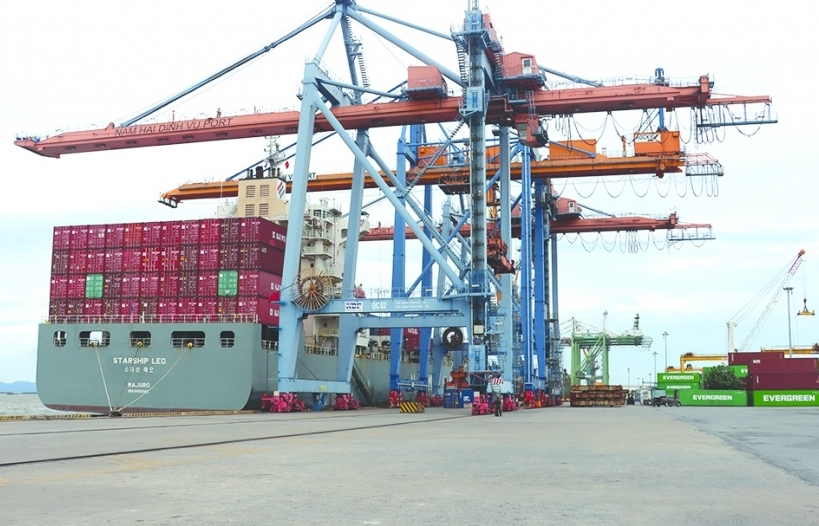
Six export commodity groups see billion-dollar growth
07:55 | 31/12/2024 Import-Export
Latest News

Embracing green exports: a pathway to enter global supply chains
10:33 | 20/02/2025 Import-Export
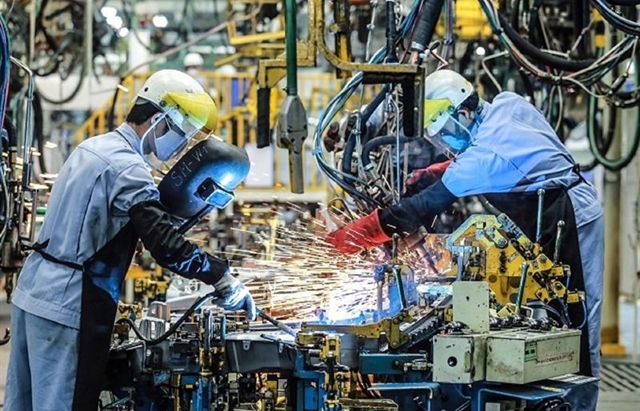
New policy proposed to prevent transfer pricing, tax evasion of FDI enterprises
10:32 | 20/02/2025 Import-Export

Việt Nam’s durian exports to China plummet by 80%
16:18 | 19/02/2025 Import-Export
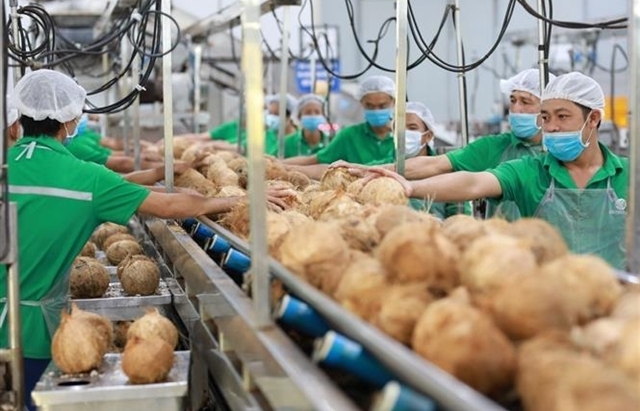
Coconut exports reach 14-year high
15:29 | 18/02/2025 Import-Export
More News

Shrimp exports grow in the first month of 2025
15:28 | 18/02/2025 Import-Export
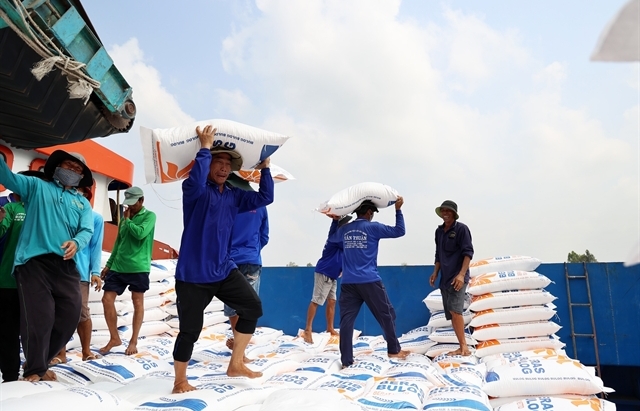
Rice export prices drop, but decline expected to be short-term
08:10 | 17/02/2025 Import-Export

Key agro products expected to maintain export growth this year
08:08 | 17/02/2025 Import-Export
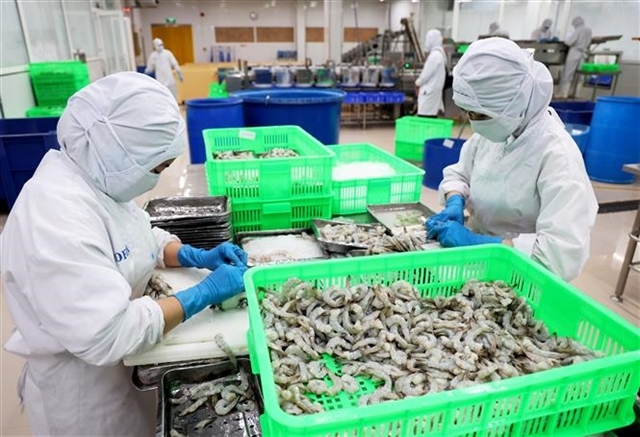
EU issues 12 warnings against Việt Nam’s food and agricultural exports
08:07 | 17/02/2025 Import-Export
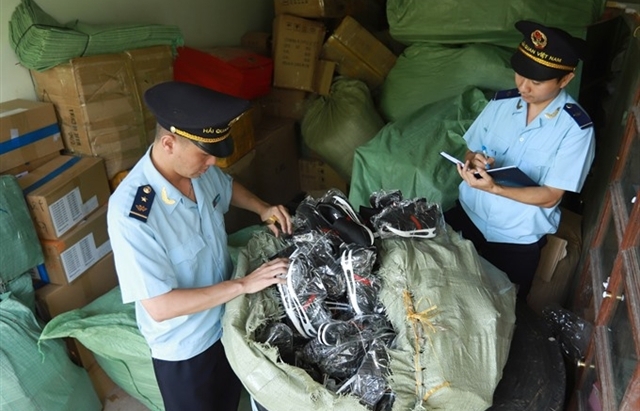
Việt Nam to impose VAT on low-value express-imported goods
08:06 | 17/02/2025 Import-Export

Exchange rate risks need attention in near future
16:31 | 15/02/2025 Import-Export
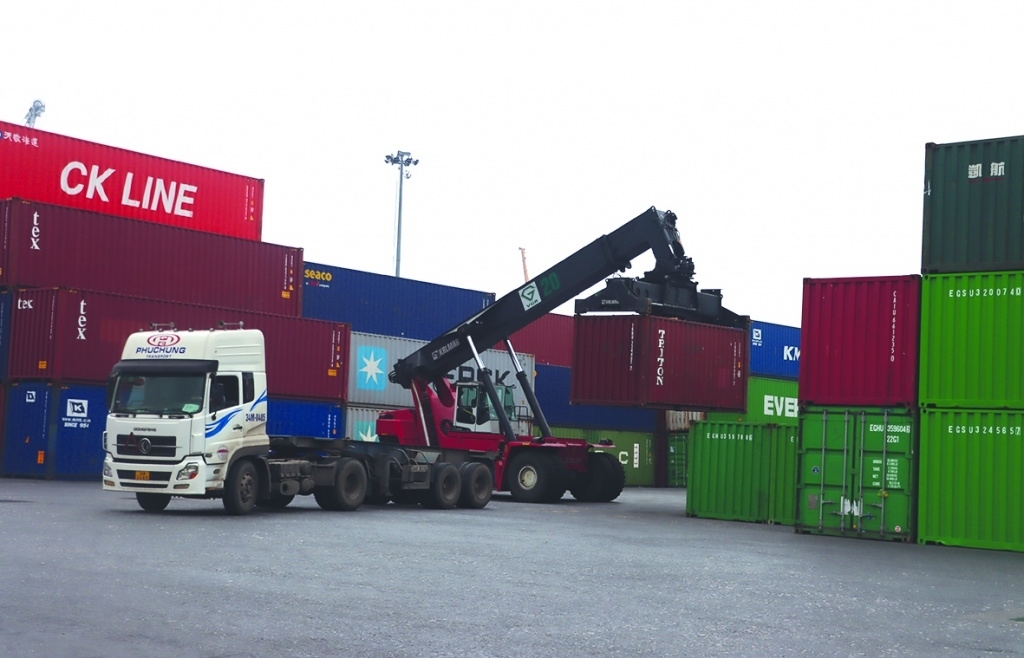
Vietnam kicked off the year with a strong start in trade, exceeding US$63 billion in the first month
16:30 | 15/02/2025 Import-Export
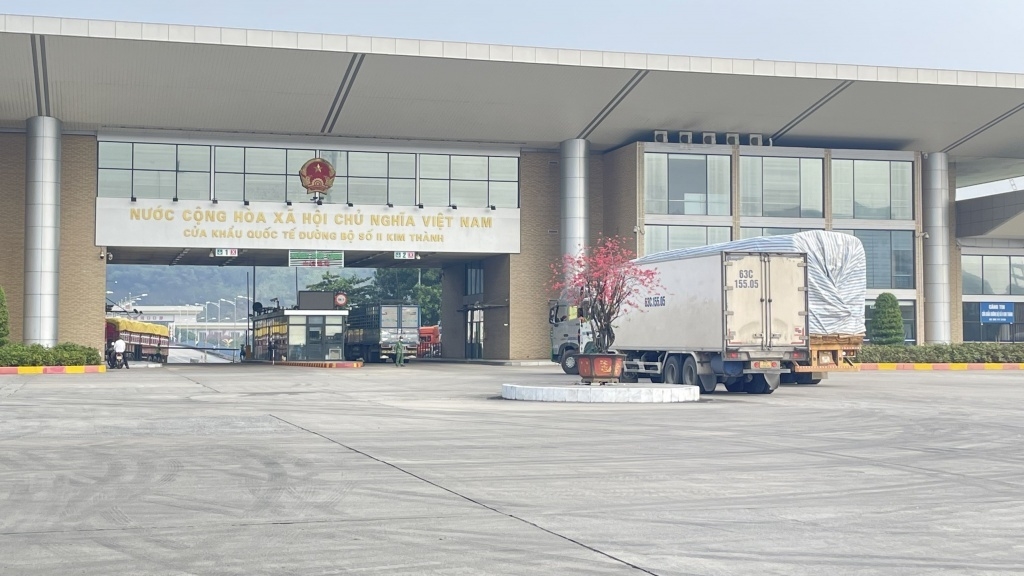
Import and export turnover reaches about US$29 billion in the second half of January 2025
14:52 | 14/02/2025 Import-Export

Market edges up slightly as liquidity remains low
14:48 | 14/02/2025 Import-Export
Your care
The system has not recorded your reading habits.
Please Login/Register so that the system can provide articles according to your reading needs.

Embracing green exports: a pathway to enter global supply chains
10:33 | 20/02/2025 Import-Export

New policy proposed to prevent transfer pricing, tax evasion of FDI enterprises
10:32 | 20/02/2025 Import-Export
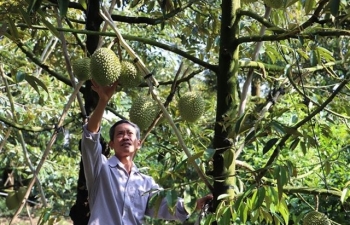
Việt Nam’s durian exports to China plummet by 80%
16:18 | 19/02/2025 Import-Export

Coconut exports reach 14-year high
15:29 | 18/02/2025 Import-Export

Shrimp exports grow in the first month of 2025
15:28 | 18/02/2025 Import-Export
